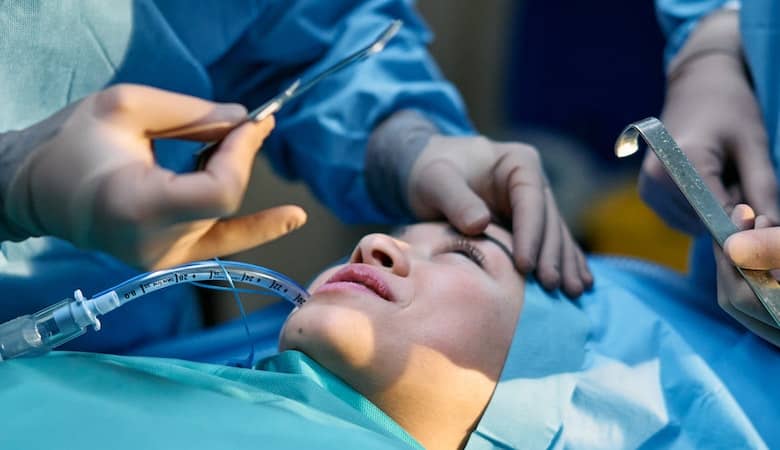Modern Advances in Plastic Surgery – A Closer Look

An increased understanding of anatomy is making it possible to use new flaps that are more reliable. These changes are changing reconstructive surgery, particularly breast reconstruction.
Growing significant amounts of a patient’s fat tissue in the laboratory is also becoming easier. This could eventually eliminate the need for implants.
Lasers Replace Scalpels
Surgical lasers are used instead of scalpels in some procedures. This can save patients time in the operating room and reduce post-op pain and swelling. Lasers seal nerve endings and small blood vessels as they cut, which makes the incisions safer and decreases bleeding. The radiation itself is sterile, and there is no way for the procedure to cause infection.
This type of scalpel allows your plastic surgeon to reshape the gum line and re-contour your smile without cutting the skin as a traditional surgeon would. This leads to faster healing, less post-op pain, and a better result.
The fiber that channels the laser typically only lasts four hours before it burns through it and must be replaced. However, a new technique is throwing the laser a curve by using an amplitude mask at the end of the fiber to create a curved region of radiation – a photonic ‘hook’ that could do things straight-line lasers can’t.
Multiple Procedures in One Surgery
In plastic surgery, as in other fields of medicine, technique and technology have always been critical factors. For example, in the last 25 years, a better understanding of anatomy has led to many new and improved flaps that have revolutionized reconstructive procedures such as breast reconstruction.
This also applies to non-invasive surgical treatments such as lasers and injectables. These advancements have made cosmetic surgeries much more streamlined and efficient. As a result, recovery times have dramatically decreased.
For some procedures, such as liposuction, the newest techniques have taken it almost to an art form. Ultrasound-aided liposuction has significantly decreased patient discomfort, reduced recovery times and produced better results than standard techniques.
Patients are also warming up to undergoing multiple cosmetic procedures during one surgery. However, most board-certified plastic surgeons like Dr. Joel Aronowitz will not exceed two or three surgeries during a single session, as doing so can raise the risk of complications. Discussing the possibility of combining procedures with an experienced and knowledgeable plastic surgeon is important.
Silicone Implants Return
In the past, plastic surgeons used silicone gel-filled implants until concerns about leaking and associated diseases prompted the FDA to ban them in 1992. Women seeking breast enhancement were only able to have saline implants.
The new generation of implant materials focuses on the design of the outer shell. A third generation of silicone elastomer devices in the 1980s combined thicker shells and more cohesive, forming a stable gel to reduce device rupture, leakage, and gel migration.
A fourth generation in the 1990s improved gel consistency, and a fifth generation used textured surfaces to reduce surface problems such as BIA-ALCL. Today’s saline and silicone implants are safe, although some women have experienced ruptures and other complications that may require surgery or removal.
Future advances are possible, including growing significant amounts of a patient’s extra fat tissue in the lab and transferring it to the breasts, buttocks or other body areas using stem cells. This could eventually replace the need for implants altogether.
Stem Cell Technology
A special population of cells called stem cells has the potential to self-renew and differentiate into various cell types. They are a cornerstone of regenerative medicine, which aims to restore diseased cells, tissues and organs through transplantation of healthy tissue and cell types.
Plastic surgeons, including Joel Aronowitz MD are using stem cells in their surgical procedures to improve patient outcomes. These cells can help promote skin regeneration, accelerate healing, and provide a pronounced cosmetic effect. They also stimulate the body’s natural processes, such as cellular growth and collagen production, which results in more youthful-looking skin.
One example of a plastic surgery procedure that utilizes stem cells is abdominoplasty or the “tummy tuck.” Traditionally, this cosmetic surgery reduces belly fat by liposuction and surgically eliminating excess skin for a toned appearance. However, new research suggests that adding stem cells to this process could enhance the benefits of a tummy tuck by improving cell regeneration and supporting the local microenvironment.




